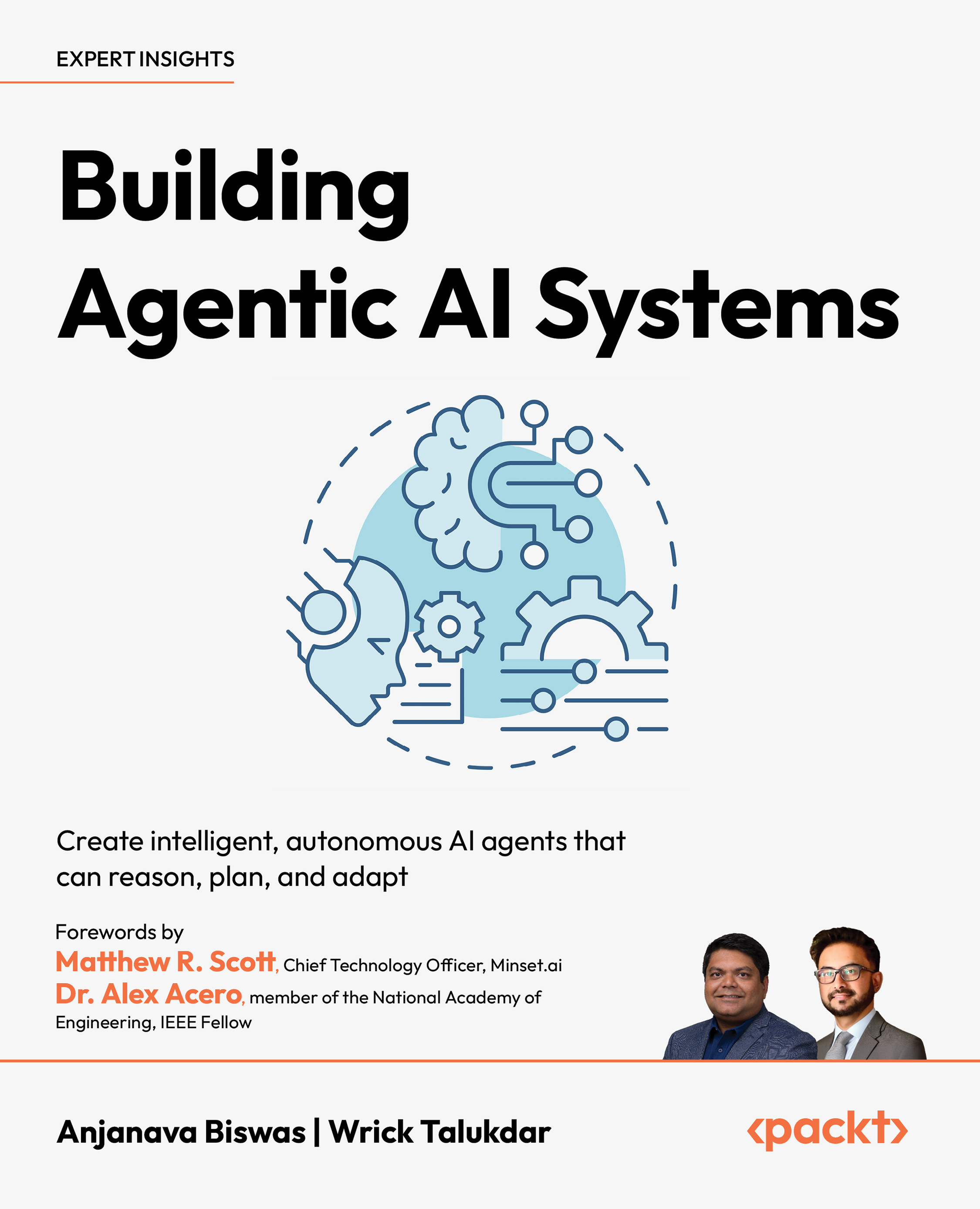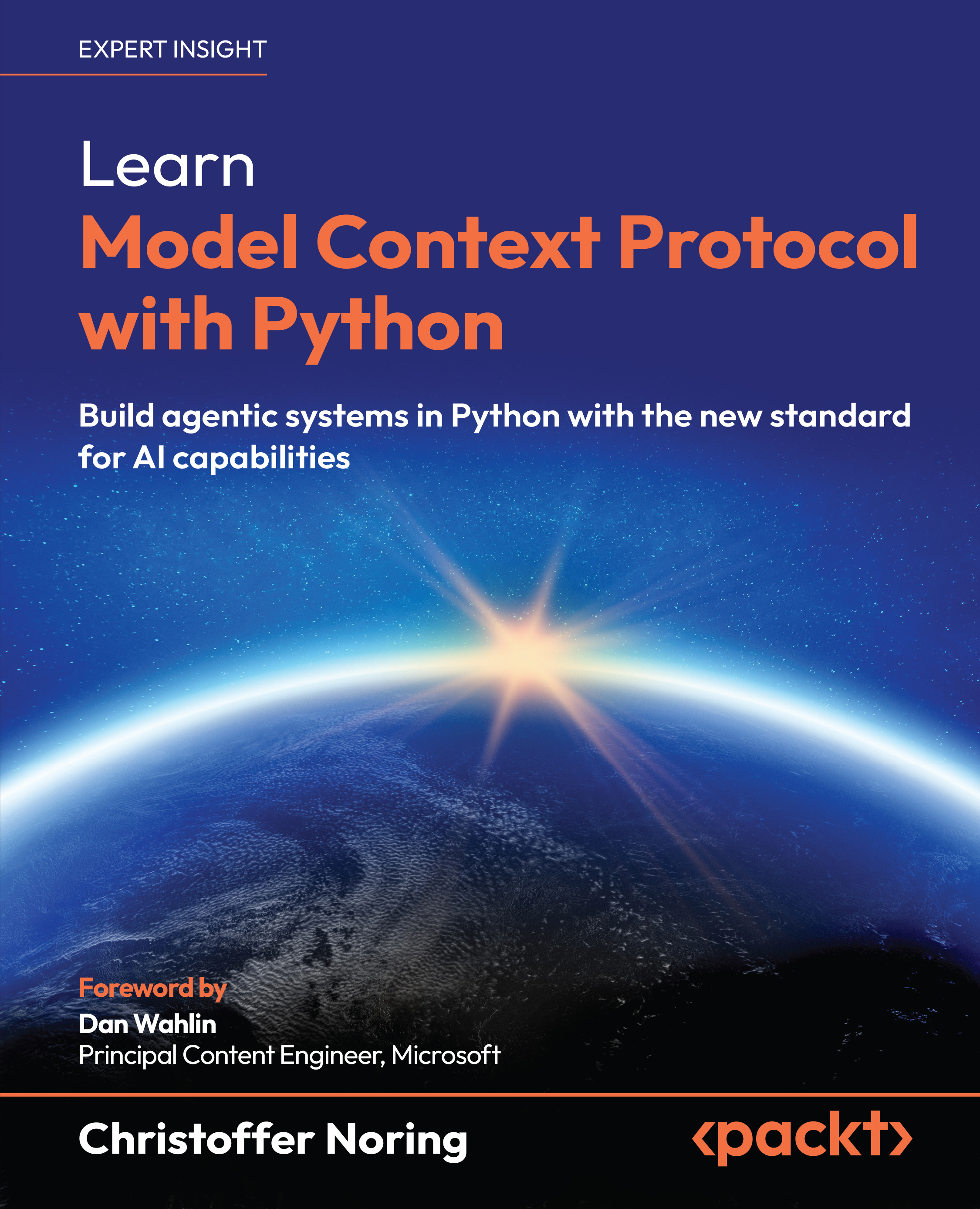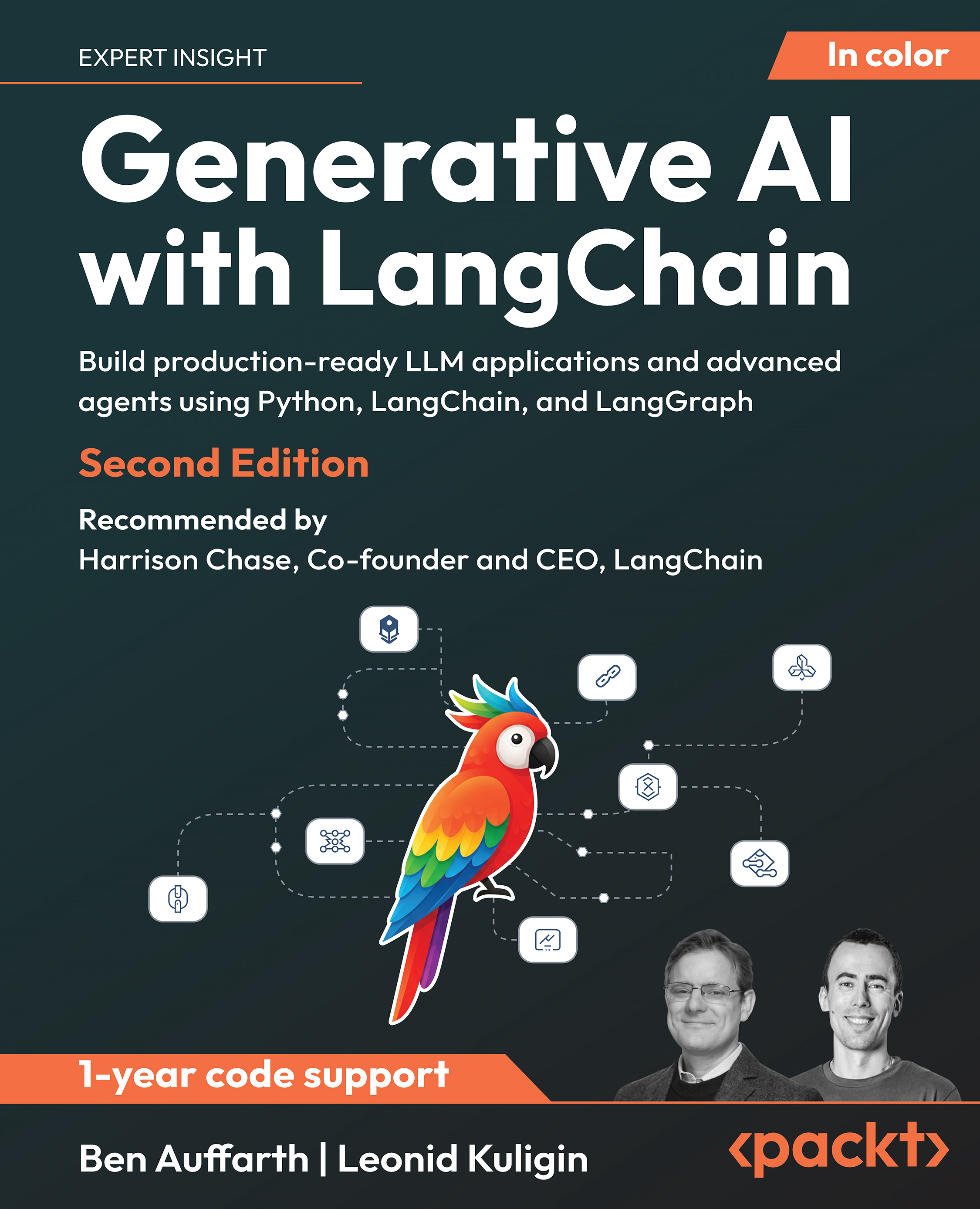SCVI: Bridging Social and Cyber Dimensions for Comprehensive Vulnerability Assessment (Shutonu Mitra, Tomas Neguyen, Qi Zhang, Hyungmin Kim, Hossein Salemi, Chen-Wei Chang, Fengxiu Zhang, Michin Hong, Chang-Tien Lu, Hemant Purohit, Jin-Hee Cho) This paper introduces the Social Cyber Vulnerability Index (SCVI), a novel metric/framework that combines individual-level (awareness, behavioural traits, psychological attributes) and attack-level (frequency, consequence, sophistication) factors to assess socio-technical vulnerabilities in cyber contexts. The authors validate SCVI using survey data (iPoll) and textual data (Reddit scam reports), and compare it to traditional metrics like CVSS (Common Vulnerability Scoring System) and SVI (Social Vulnerability Index). They demonstrate SCVI’s superior ability to capture nuances in socio-cyber risk (e.g., demographic and regional disparities).
BotSim: LLM-Powered Malicious Social Botnet Simulation (Boyu Qiao, Kun Li, Wei Zhou, Shilong Li, Qianqian Lu, Songlin Hu):This study presents “BotSim”, a simulation framework for malicious social-bot activity powered by large language models (LLMs). The authors create an environment mixing intelligent agent bots and human users, simulate realistic social media interaction patterns (posting, commenting), and generate a dataset ("BotSim-24") of LLM-driven bot behaviour. They then benchmark detection algorithms and find that traditional bot-detection methods perform much worse on the LLM-driven bot dataset — highlighting a new frontier in adversarial social cybersecurity.
Red Teaming with Artificial Intelligence-Driven Cyberattacks: A Scoping Review (Mays Al-Azzawi, Dung Doan, Tuomo Sipola, Jari Hautamäki, Tero Kokkonen):This review article surveys the use of AI for adversarial/red-teaming cyberattacks. It analyses ~470 records, selects 11 for in-depth review, and characterises the methods by which AI is being leveraged for penetration testing, intrusion, social engineering, etc. The authors identify typical targets (sensitive data, systems, social profiles, URLs), and emphasise the increasing threat from AI-based attack automation. It also reflects on how red-teaming practices must evolve in response.
A Survey of Social Cybersecurity: Techniques for Attack Detection, Evaluations, Challenges, and Future Prospects (Aos Mulahuwaish, Basheer Qolomany, Kevin Gyorick, Jacques Bou Abdo, Mohammed Aledhari, Junaid Qadir, Kathleen Carley, Ala Al-Fuqaha):This survey paper focuses on “social cybersecurity” — the human/social dimension of cyber threats (e.g., cyber-bullying, spam, misinformation, terrorist activity over social platforms). It covers detection techniques, evaluation methodologies, the challenge of datasets and tools, and identifies future research directions.
Evolution Cybercrime — Key Trends, Cybersecurity Threats, and Mitigation Strategies from Historical Data (Muhammad Abdullah, Muhammad Munib Nawaz, Bilal Saleem, Maila Zahra, Effa binte Ashfaq, Zia Muhammad):This article provides a longitudinal analysis of cybercrime over ~20 years, tracing how cyber threats have evolved (from rudimentary internet fraud to AI-driven attacks, deep fakes, 5G vulnerabilities, cryptojacking, supply chain attacks). It uses historical data (e.g., FBI IC3 complaints) and highlights demographic/geographic patterns, victims, losses, and state-sponsored trends. It also offers mitigation strategy recommendations.
A Survey of Cyber Threat Attribution: Challenges, Techniques, and Future Directions(Nilantha Prasad, Abebe Diro, Matthew Warren, Mahesh Fernando):This paper examines the challenging problem of cyber threat attribution (identifying who is behind an attack). It reviews techniques from technical (IOCs, TTPs, malware profiling) to ML/AI-based methods, analyses gaps in existing research, and suggests future directions for more robust, reliable attribution in cyber contexts. The work is interdisciplinary and addresses both technical and intelligence-analysis aspects.
 United States
United States
 Great Britain
Great Britain
 India
India
 Germany
Germany
 France
France
 Canada
Canada
 Russia
Russia
 Spain
Spain
 Brazil
Brazil
 Australia
Australia
 Singapore
Singapore
 Canary Islands
Canary Islands
 Hungary
Hungary
 Ukraine
Ukraine
 Luxembourg
Luxembourg
 Estonia
Estonia
 Lithuania
Lithuania
 South Korea
South Korea
 Turkey
Turkey
 Switzerland
Switzerland
 Colombia
Colombia
 Taiwan
Taiwan
 Chile
Chile
 Norway
Norway
 Ecuador
Ecuador
 Indonesia
Indonesia
 New Zealand
New Zealand
 Cyprus
Cyprus
 Denmark
Denmark
 Finland
Finland
 Poland
Poland
 Malta
Malta
 Czechia
Czechia
 Austria
Austria
 Sweden
Sweden
 Italy
Italy
 Egypt
Egypt
 Belgium
Belgium
 Portugal
Portugal
 Slovenia
Slovenia
 Ireland
Ireland
 Romania
Romania
 Greece
Greece
 Argentina
Argentina
 Netherlands
Netherlands
 Bulgaria
Bulgaria
 Latvia
Latvia
 South Africa
South Africa
 Malaysia
Malaysia
 Japan
Japan
 Slovakia
Slovakia
 Philippines
Philippines
 Mexico
Mexico
 Thailand
Thailand















